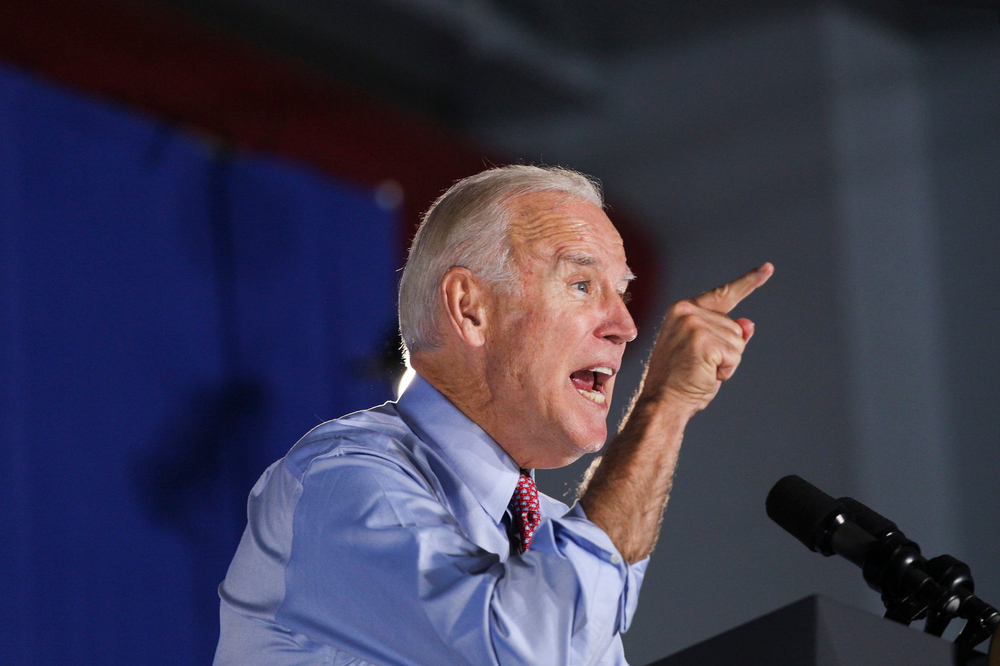While it took a couple months for clarity to replace idle speculation, the Biden administration’s tech and innovation public policy agenda is increasingly clear. The forecast? Government with little chance of free markets.
At his recent address to Congress President Biden highlighted “technologies of the future” as a place where the country, via government, should focus. These are, in his estimation, advanced batteries, biotechnology, computer chips and clean energy. One area he did not mention was broadband, an area where his administration has already expended considerable efforts.
He has directed Vice President Kamala Harris to helm his initiative to close the digital divide. The signal is clear, the White House is making access to broadband, as they definite it, a priority for government intervention, regulation and subsidy.
The most recent vehicle for this big government move is the so-called infrastructure plan. The plan hardly considers regular infrastructure repairs, all but ignoring the $1 trillion in deferred maintenance to highways, waterworks and bridges. Instead, the White House has set its sights on government rebuilding broadband in its own image.
Currently, the U.S. broadband system provides access to roughly 96 percent of the nation. To reach the remaining 4 percent, the system has been flooded with federal government money. About $26 billion designated for buildout has not yet been spent. The Biden plan seeks to provide another potential $109 billion.
Besides the runaway, unjustified spending, a real danger is the lack of governance to guide use of the funds. For example, government could simply build a broadband system of its own to directly compete with the private sector for people already being served, known as overbuilding.
That lack of guidance has led some to push for a complete national overbuild, mandating that only one government preferred technology be used. To try to justify such overreach, an arbitrary standard had to be set — a redefining of what constitutes broadband. The number grabbed from the air was 100 megabytes per second up and 100 down, so called symmetrical speeds. This sounds nice but in no way reflects how technology is used. So far there has not been a demonstrated use or need either in theory or practice. Government insists that the only way to reach such speeds is via fiber despite recent trials that have demonstrated that current systems can be upgraded and scaled to meet future demands and in fact new build out is in many cases already fiber.
The plan to “future proof” networks by spending billions in taxpayer money to create government run networks is particularly foolish when current technology can be upgraded to meet today’s as well as tomorrow’s consumer demand.
But this all may be an excuse to pursue another signaled priority, that is “net neutrality.” To the anti-market activists, net neutrality was never about fixing something that was broken. Instead, the goal was to extend government control over yet another sector of our economy, a realm of our lives that has remained reasonably free of government micromanagement. With government building a new internet service network, that goal would be reached. Of course, whomever the President ‘s choice of permanent FCC chairman will signal how aggressive the administration will be in regulating broadband. Will the FCC then push for the strict California rules that are already causing problems with services or will they push an even more heavy-handed approach of reclassifying broadband yet again so the FCC can control online activity?
The decision to use massive regulation will certainly set a tone for another priority topic, that is whether to regulate or outright tear apart social media companies. Democrats have claimed that hate speech and disinformation are on the rise. Republicans accuse such sites of “censoring” conservatives. They seem united in wanting big government to step in to seize control of an industry. The Biden administration has already signaled a willingness to use antitrust regulation to restrain companies which only sounds good by comparison to using antitrust to break-up companies.
Other issues will certainly become a sudden priority such as cybersecurity did after the pipeline attack. The recently signed executive order does instruct the Commerce Department to create cybersecurity standards for companies that sell software services to the government but stops short of specifically addressing critical infrastructure.
Another problematic issue is a proposed increase in federal government research and development spending, given the inclusion of billions of dollars more for federal research as specifically to the National Science Foundation to create a technology directorate. In addition, there’s always a chance that a push for a national privacy standard might actually get underway, but so far that issue has been quiet.
Certainly, government has a role in technology policy and the future of innovation. The role of should be to enforce clear rules to make sure there is less uncertainty and more of the economic opportunity that comes from encouraging innovation. Currently, the vision seems to be how to insinuate more government into every aspect of the innovation ecosystem, rather than allowing the market, as led by consumers, to direct the outcomes. That limited vision held the country back before in many areas and will hobble our ability to compete globally in the innovation age.
This article was originally published by the Pacific Research Institute.


Recent Comments